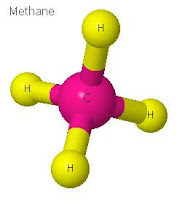Class 10 - Chapter 4- Carbon and its Compounds
Q1: State whether the following are true or false
a. Both alkenes and cyclo-alkanes both can be represented by the same general formula.
b. The general formula CnH2n is valid for any alkene with any number of multiple bonds,
c. Acetone is the common name of propanone.
d. Isomers always show same chemical properties.
Q2: Which is the common name for ethyne?
Q3: The complete combustion of a hydrocarbon always gives .....?
Q4: What is the term used for the compounds which have same molecular formula but
different structures?
Q5: Why are unsaturated hydrocarbons more reactive than saturated hydrocarbons?
Q6: Covalent Compunds are generally (Pick the correct choice from the following)
a. soluble in water
b. insoluble in water
c. ionize in water
d. hydrolize in water
Q7: What is the difference in molecular masses of any two successive homologues?
Q8: Name the type of hydrocarbon taking part in an addition reaction.
Q9: Why acetic acid is known as glacial acetic acid?
Q10: Why C2H7 can't exist?
Answers
1: a-true b-false c-true d-false
2: Acetylene
3: Carbon Dioxide + Water
4: Isomers (strutural isomers)
5. Presense of double and triple covalent bonds make these compunds more reactive.
6. (b) insoluble
7. 14 units
8. unsaturated hydrocarbon
9. Because it freezes during winter or under cold climate conditions
10. There are too many hydrogen atoms for two carbon atoms.

awesome :)
ReplyDeleteVery...useful...
ReplyDeletevery much needed for very exam going student
ReplyDeletea parent :)
all the best
Very useful to me.
ReplyDelete